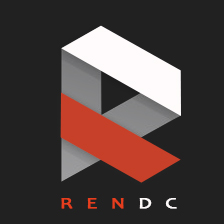1⟩ Explain What is meant by Asymmetric Multiprocessing (AMP)?
It imposses hierarchy and a division of labour among processors. Only one designated processor, the master, controls (in a tightly coupled arrangement) slave processors dedicated to specific functions.


